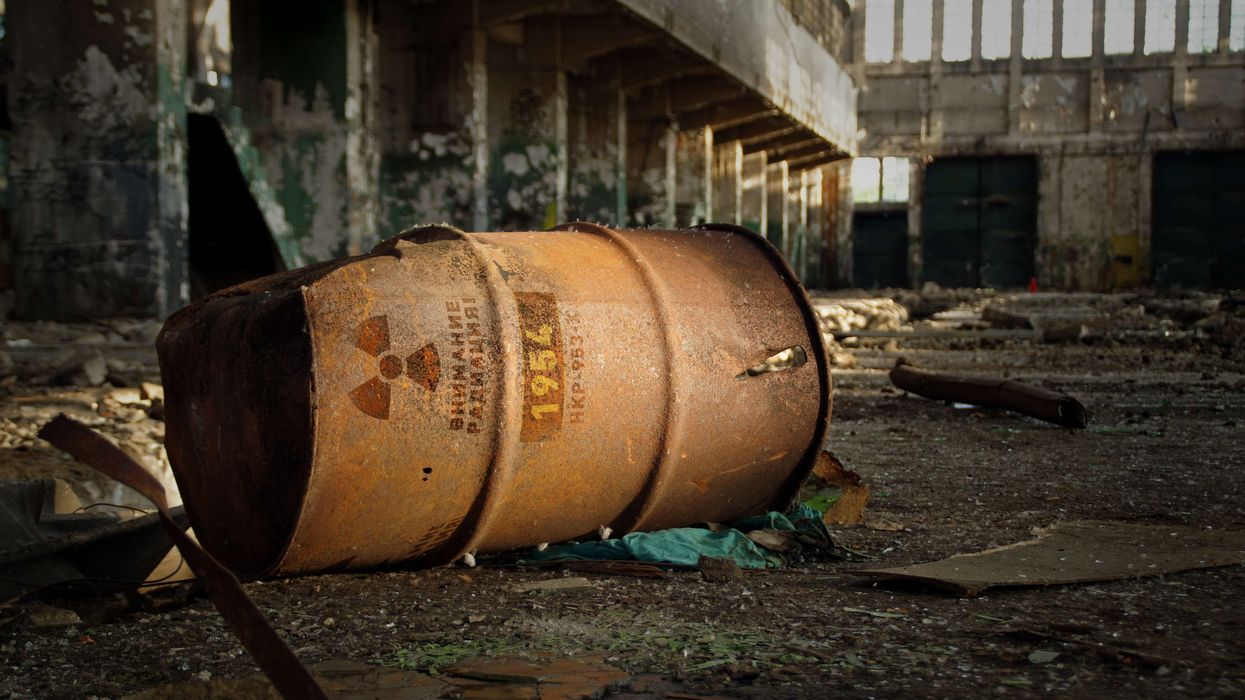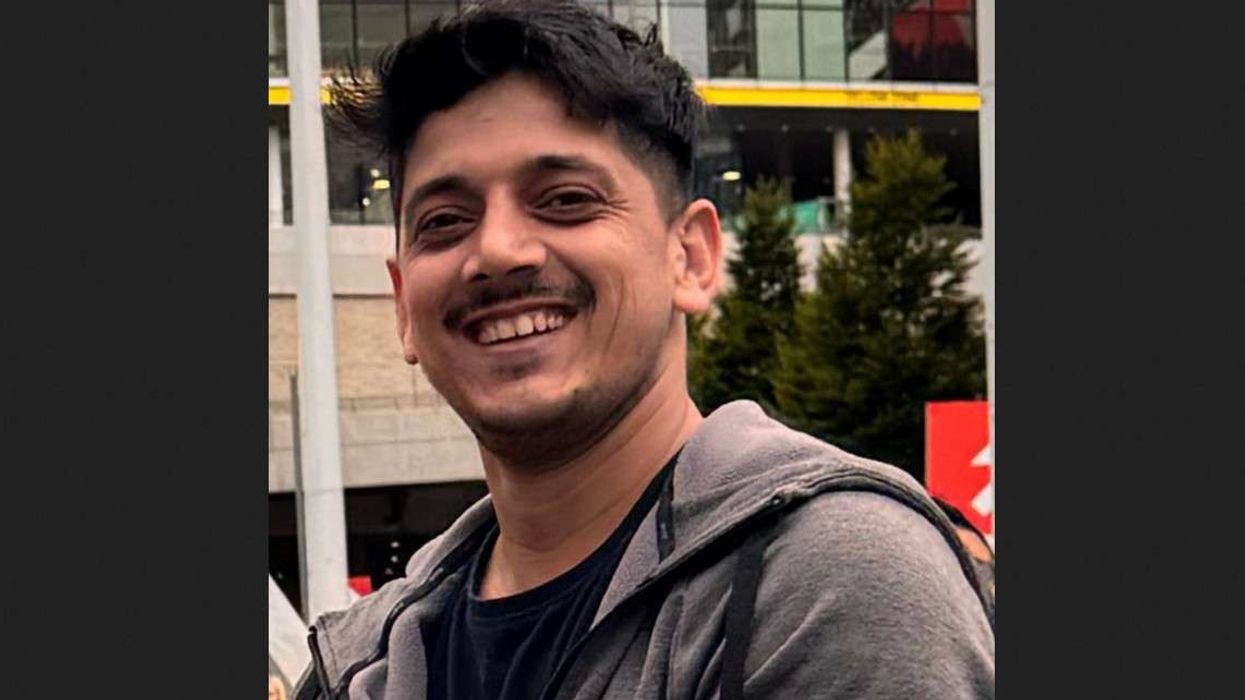Rana Daggubati who is a close friend of actor and producer Lakshmi Manchu released a glimpse of Lakshmi’s upcoming film Agninakshatram on his social media.
Lakshmi plays a cop in Agninakshatram and it also stars her father Mohan Babu Garu, Samuthrakani, Viswant Chitra, Siddique, and a few others. The glimpse is released by Rana on his Instagram and Twitter handles.
Agninakshatram is touted as a high-octane crime thriller that will put the audiences on the edge of their seats. Lakshmi looks lethal in uniform and we see her packing punches. The visuals are fast-paced and create a sense of mystery.
Rana said, "Lakshmi is going to surprise everyone with this film. She plays a cop and a badass one! I have seen some rushes and it really looks fabulous. Lakshmi is a dear friend and I’m more than happy to reveal a glimpse of the movie".
Lakshmi shared her excitement, "Rana is a close friend, a confidante and he supports me in everything I do. I am happy to see him wish the team well, he has been excited for this project of mine right from the beginning. It is an extremely special one." She further added, "Sharing screen space with dad is beyond a dream come true, and to top it off, to produce this gives me that much more extra joy. I just can't wait for this to hit the screens”.
Just before the release of the glimpse, Lakshmi posted the first look of Agninakshatram, on her page with a caption saying, " Watch out for the GLIMPSE of Agninakshatram on @ranadaggubati page on Valentine’s Day, 14th February at 11:07 am. Served with love ". Her look from the film is revealed. She is seen as a cop and has a determined look on her face.
Produced by the father and daughter duo under their home banner, Sree Lakshmi Prasanna Pictures and Manchu Entertainment, the film is directed by Prateek Prajosh.
You can watch the Glimpse here:
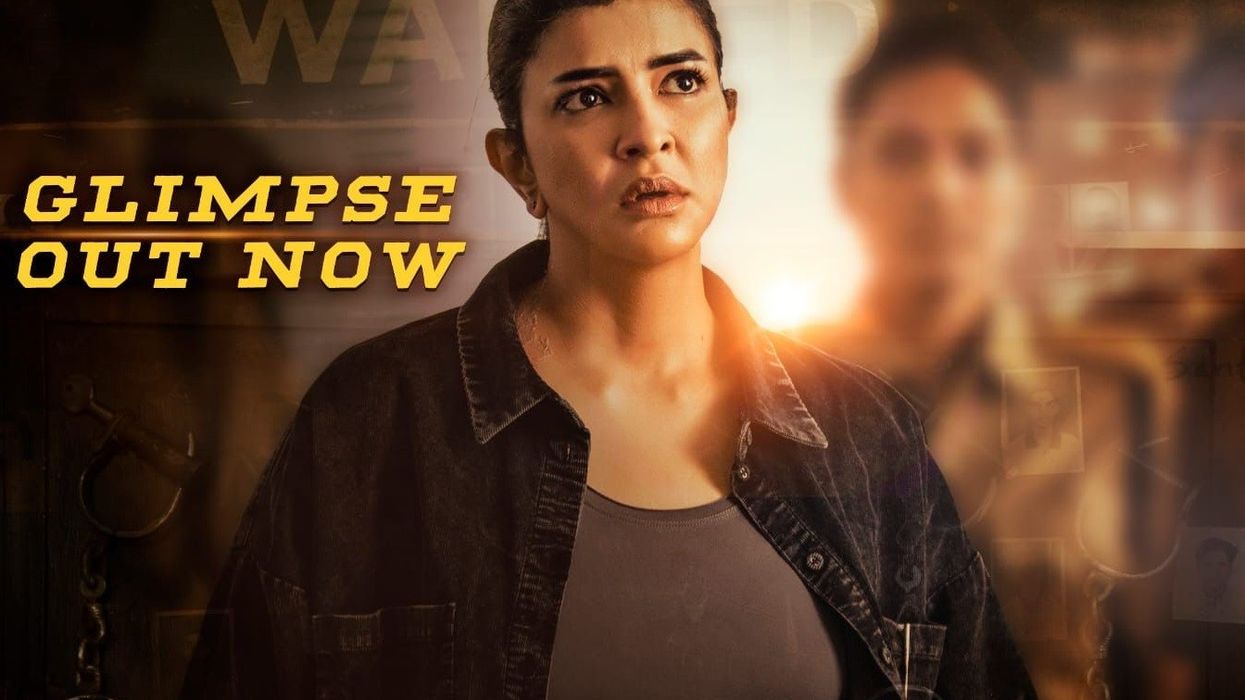
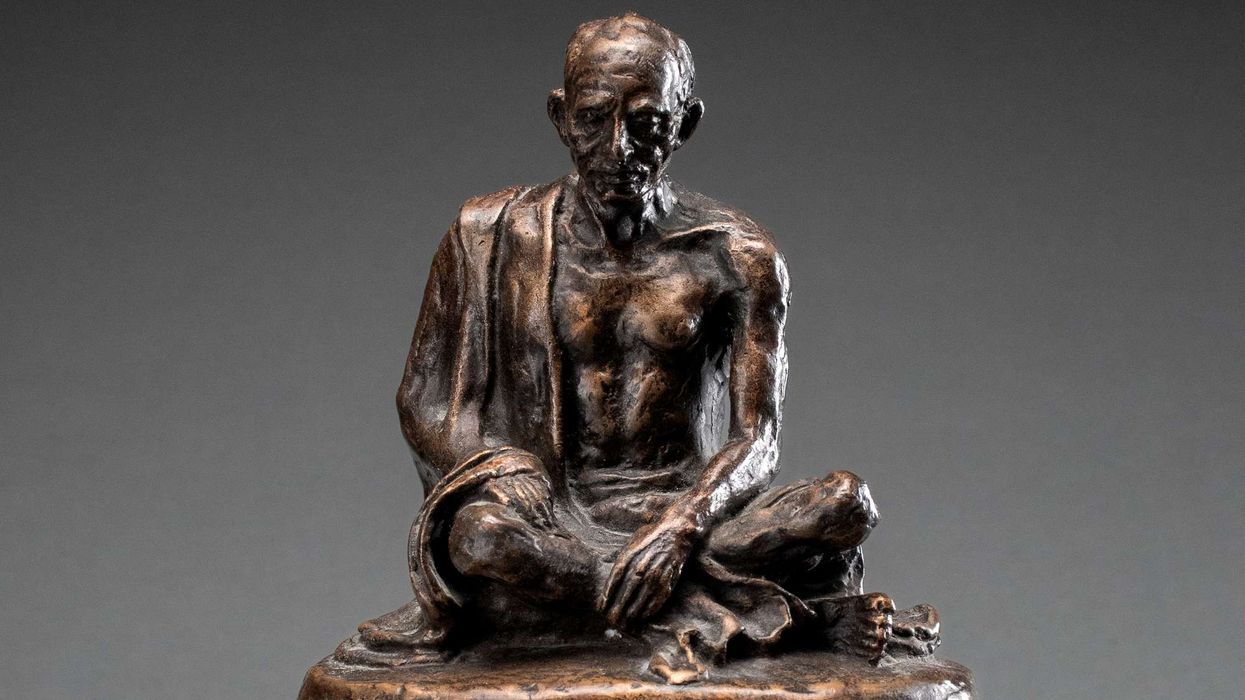
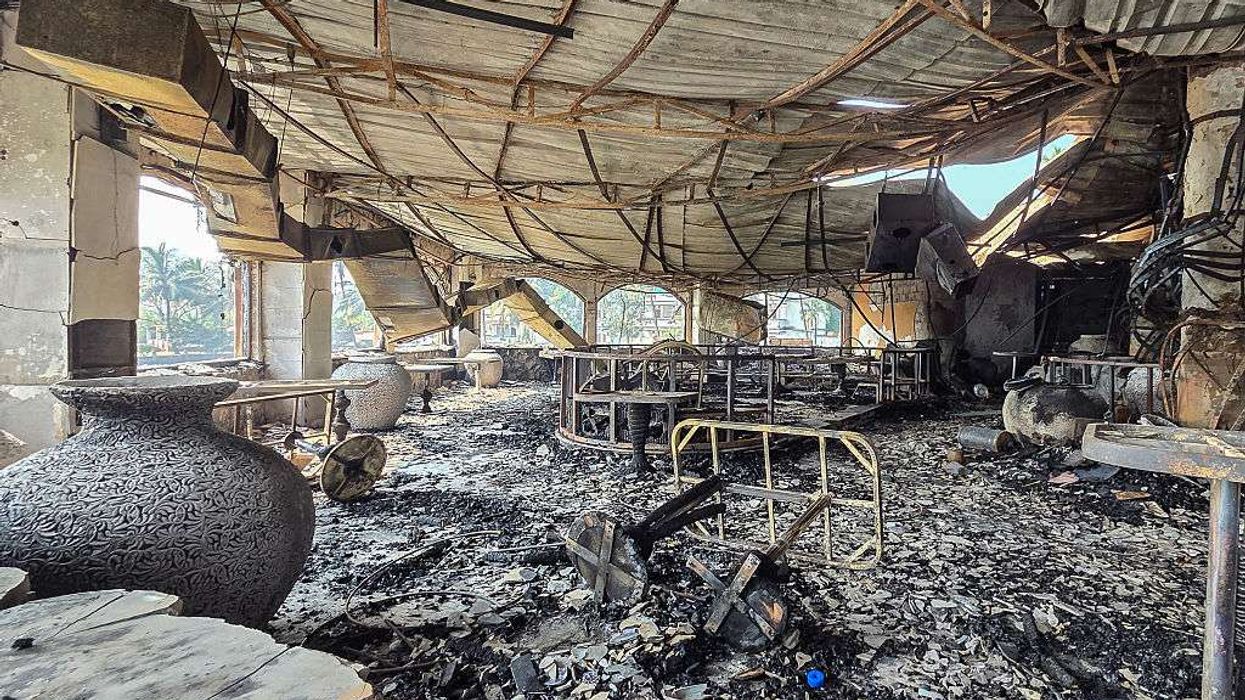
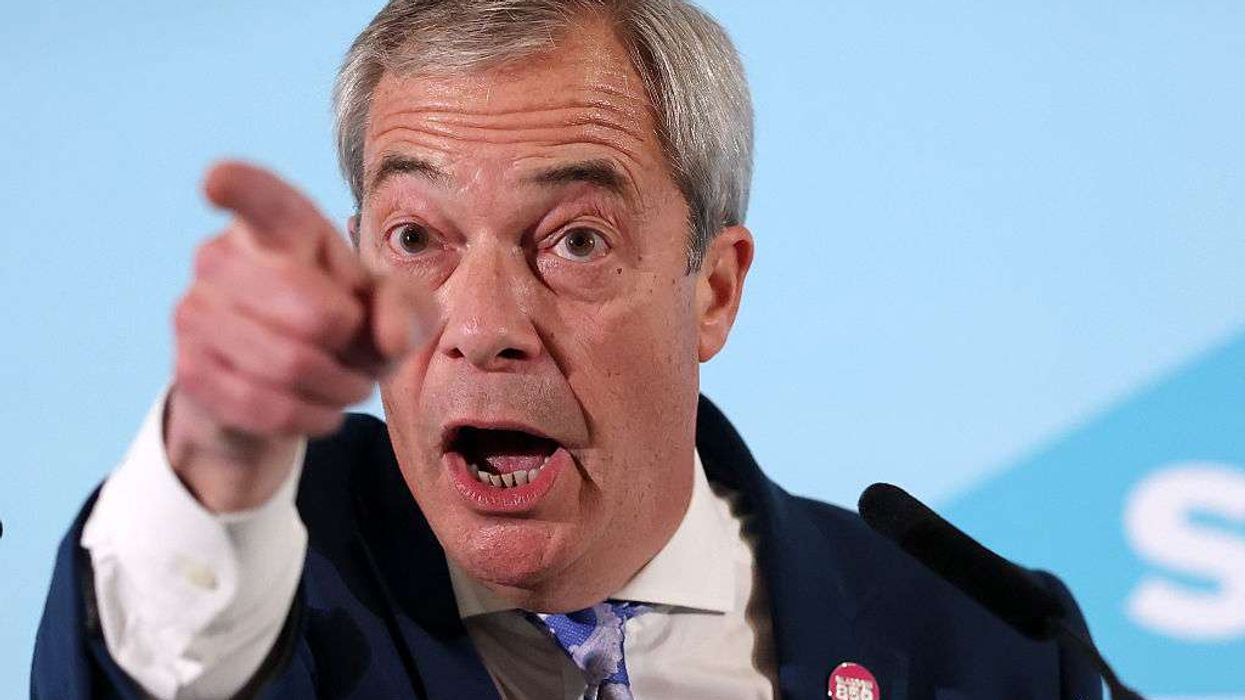
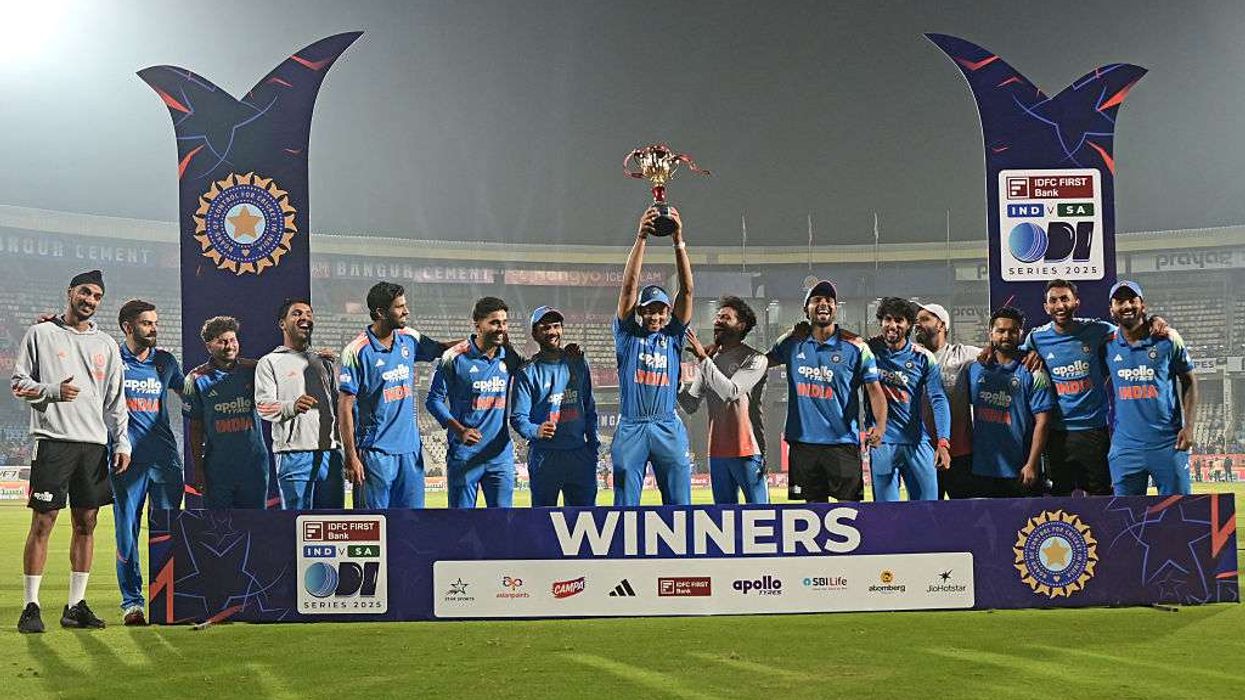

 Mareyah Bhatti , a sustainability strategist and passionate home cookMareyah Bhatti
Mareyah Bhatti , a sustainability strategist and passionate home cookMareyah Bhatti




